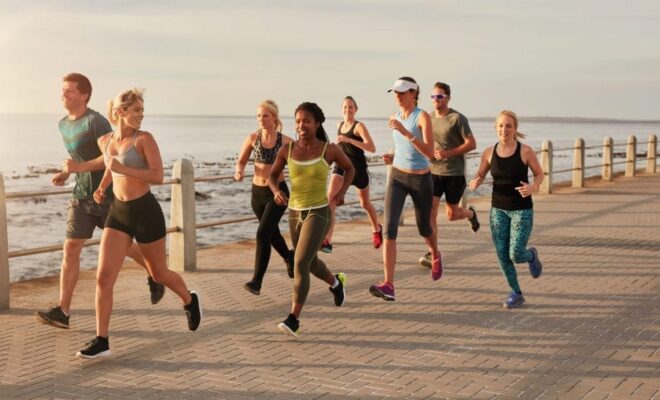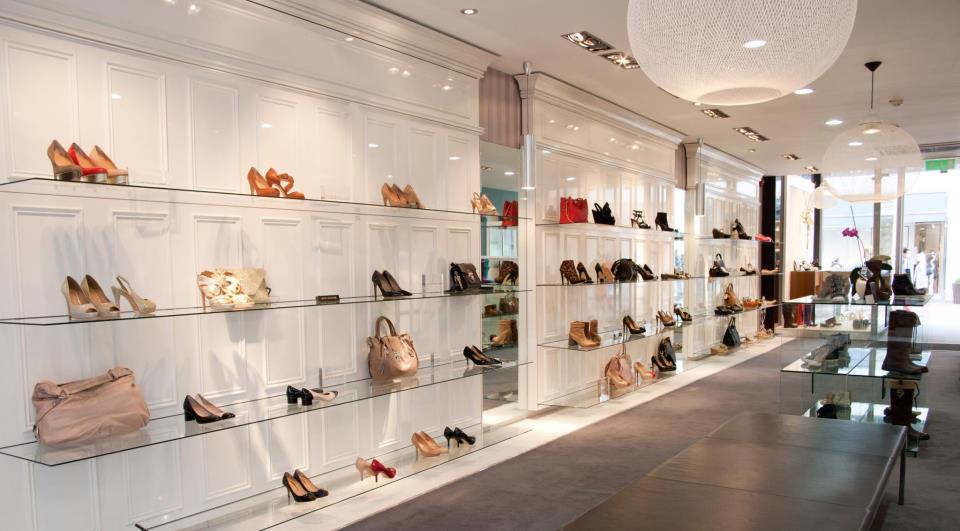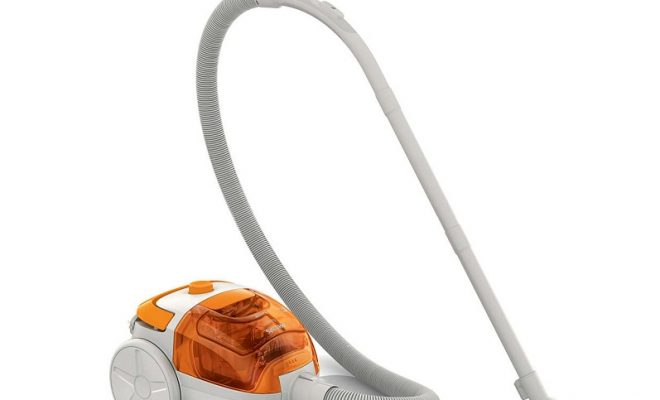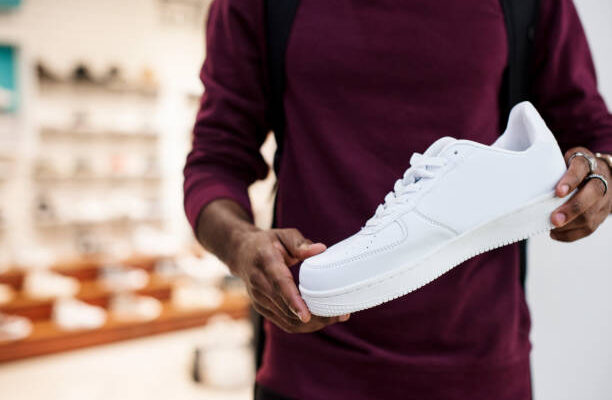Trends Shaping The Athletic Apparel Industry

The athletic apparel industry is experiencing a significant transformation as millennials and women continue to increase the number of consumers. With this growth comes a larger number of consumers, and the athleisure trend will continue to spread. Increasing levels of COVID-19 pandemic should accelerate this trend. With more people living an active lifestyle, it is important to keep this in mind when developing your business strategy.
High-tech clothing
As consumers continue to demand more diverse apparel, the sporting goods apparel industry is making changes to better accommodate all body types. Some apparel companies are abandoning petite and plus-size labels altogether. Others are expanding the sizes of their athletic apparel lines and incorporating more diverse models. High-tech clothing is a significant force in the industry, and more retailers and brands are taking notice. Read on to discover how this industry trend is reshaping athletic apparel and its future.
Wearable technology includes smart clothing, wearable spaces, and responsive sportswear. From the humble smart watch to clothing with built-in sensors, wearable technology is revolutionizing athletic apparel. A recent fashion item, the NADI X yoga pants, have sensors that vibrate to correct your posture while you exercise. Another example is Hexoskin, a brand that makes socks that can measure heart rate and count calories.
Streetwear athleisure trends
The rise of athleisure clothing is affecting both luxury and sportswear. Many high-end fashion brands have tapped into the booming activewear market with athleisure couture threads and capsule sportswear drops. Even the biggest sports brands are taking a look at the athleisure trend, which is already influencing the sportswear industry. Despite the resurgence of traditional sportswear, there are some key differences between athletic and streetwear.
The athleisure trend is especially strong in footwear, where it has become fashionable to blend streetwear and athletic wear. According to Euromonitor, sportswear sales in China have outperformed those of luxury goods for the past five years. As a result, China is projected to become the largest athleisure consumer market by 2020. Meanwhile, the rise of smart and scalable manufacturing processes has spurred the development of athleisure apparel.
Women’s end user segment
The global sports apparel market is split by gender and end user. The men end user segment accounted for more than 50% of the overall market in 2018. Increasing participation in sports and increased demand for stylish apparel is driving the growth of the women end user segment. In addition, a growing number of sports apparel for women has resulted in an increase in product launches, directly catering to their needs. Women are also increasingly turning to the internet for purchasing sportswear.
The growth of the women’s end user segment is expected to accelerate in the coming years. The segment is expected to witness a high growth rate over the forecast period, owing to the rising number of millennial consumers. Meanwhile, the COVID-19 pandemic is expected to accelerate the athleisure trend. However, these factors should not be overlooked as women are largely responsible for the growing number of consumers participating in sports activities.
E-commerce segment
The growth of e-commerce in the athletic apparel industry is a significant trend. The industry is massive in scope and contains many companies. However, it can be difficult to navigate the vast variety of products and services available. While traditional retail is still a large component of the athletic apparel industry, new technologies are allowing retailers to expand their offerings online. Here are some trends shaping this industry:
The athleisure market was valued at $155.2 billion in 2018 and is projected to grow to $257.1 billion by 2026. This segment also includes sleepwear and bags, with the latter segment growing at a compound annual growth rate of 12.3% from 2016 to 2026. The fastest-growing market will be Asia-Pacific, with a CAGR of 12.3% over the same period. In addition to international markets, the athletic apparel industry has been growing in the U.S., where the industry is most developed. Companies like Lululemon have been able to capitalize on the recent pandemic and have grown dramatically.






